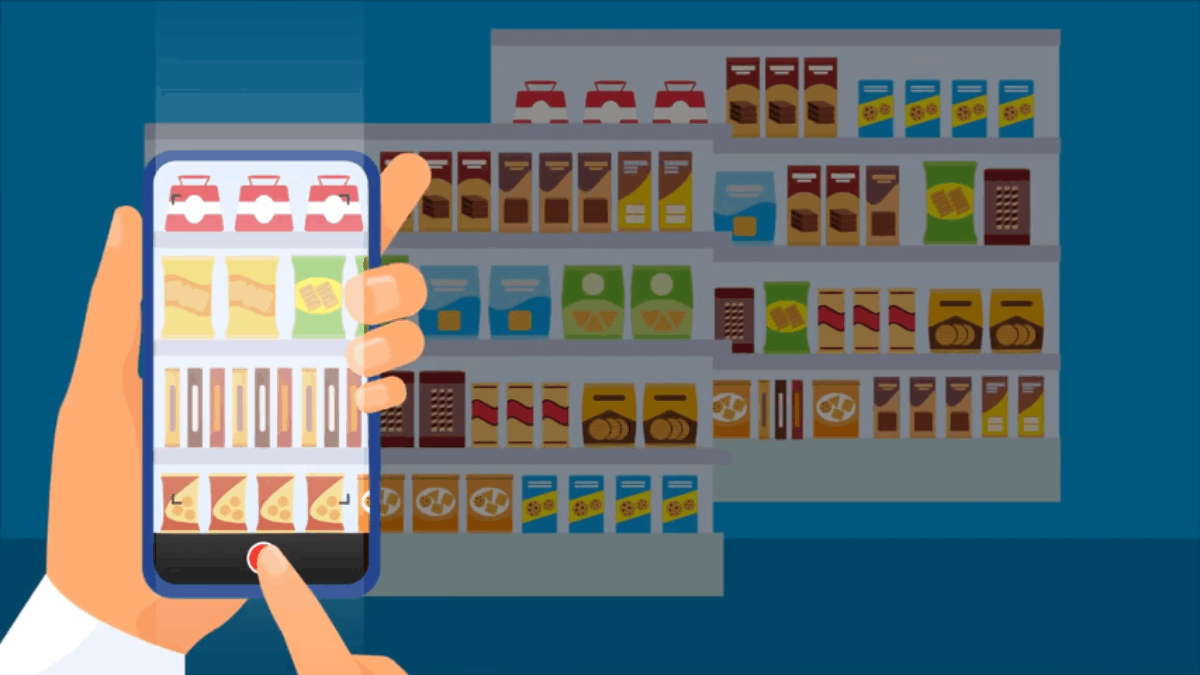Artificial intelligence generates a lot of attention and even more questions, so it's important to get down to earth and ask: How do artificial intelligence solutions work in the trade marketing world? And do these solutions bring value?
Artificial intelligence not only makes observations, but also understands, has insight and proposes creative solutions to boost the productivity and efficiency of companies and their employees.
For example, artificial intelligence helps in the control of certain performance indicators or KPIs, through image recognition technology, since it not only facilitates but also optimizes the collection of all kinds of information in multiple ways.
Improving product availability and supply on the shelf with image recognition technology
Let's start with on-shelf availability, i.e. the availability of products on the shelves for consumers. Where a merchant, with his limited human vision, has to check long lists of products that are not always the same, and that depend on the type of location, the point of sale, and even vary over time and according to new launches and changes in strategy, artificial intelligence does it quickly and unequivocally. This improves product availability and assortment for consumers. Establishing this availability improves consumer loyalty and secures a larger share of the market in the long term.
Measure the entire shelf arrangement spectrum

Then, the visibility and visual impact of products are crucial elements for companies, and these are measured by shelf arrangement KPIs. Image recognition technology is capable of measuring the entire spectrum of this complex standard. One of them, product sequence, i.e. the order in which products appear on the shelf, is of paramount importance as it affects sales. This order can lead, for example, to impulse purchases. But it is also about guiding consumers to make complementary purchases. In other words, it is about influencing consumers through visual marketing. Artificial intelligence, using image recognition technology, makes it possible to calculate the percentage of compliance with this standard with a single image, and communicates it both to the merchant in the field and to the company's commercial and trade marketing area.
Another shelf arrangement KPI is the eye level product placement, i.e. the fact that the products are at the consumers' eye level, as this will make it easier for them to locate them and therefore to buy them. However, this sounds easier than it sounds, as the eye level depends on each store and also on each product. For example, children's products, such as candy, must be located at a lower level than adult products. Artificial intelligence easily adapts to all these variables and to the precision required by each of them.
Price detection and compliance with image recognition technology
Monitoring price conformity is another possibility offered by image recognition technology. This is done by detecting prices based on an image. It is important to note that there are many reasons why a displayed price is incorrect: price change not updated by the store, promotions not reflected in the price, product out of place, among many others. However, the consumer only experiences the discomfort of encountering a different price, which constitutes a bad shopping experience.
This can generate friction between the consumer and the brand, which can have a harsh impact on sales. This is why monitoring price conformity is of paramount importance. When field workers perform this task, they must consider numerous figures for many products at the same time, which is obviously a time-consuming task. For artificial intelligence, this painstaking task is done quickly and without wear and tear. In addition, image recognition technology performs this task without any subjectivity, as it is simply trained to recognize product codes based on images.

GDW understands the challenges faced by FMCG companies and how artificial intelligence becomes a crucial element in the management of field workers in the trade marketing area. GDW has therefore developed its own image recognition tool to enable companies to optimize the information they process, generating knowledge instantly, allowing employees to take action on the spot, saving time and, therefore, reducing costs.

